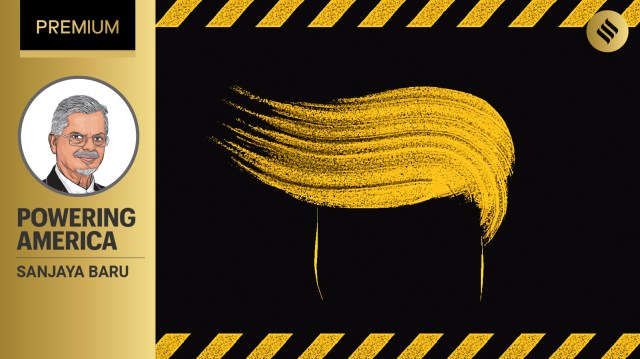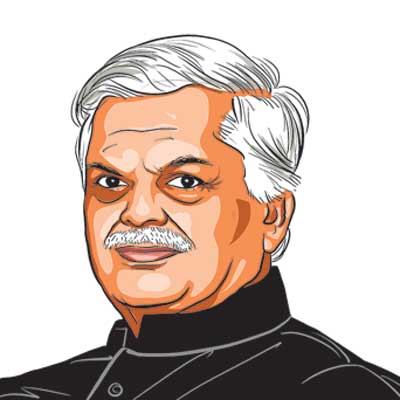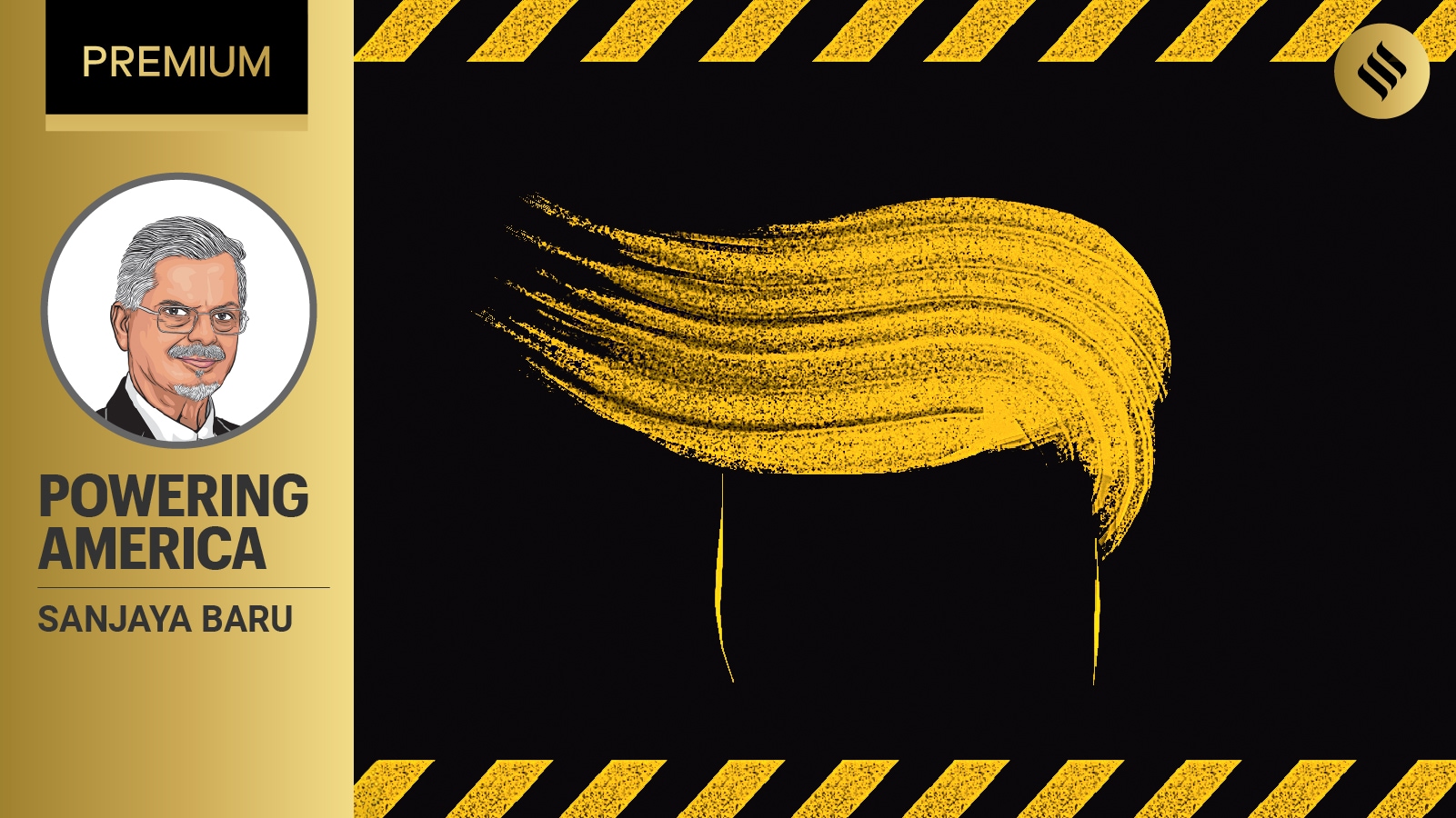

Feb 22, 2025 14:55 IST First published on: Feb 22, 2025 at 07:05 IST
In Bernard Shaw’s Pygmalion (popularised by the musical My Fair Lady), the dustman Alfred P Doolittle, wallowing in his unemployment, holds a mirror to middle-class morality. “Can’t afford it Guv’nor,” he tells the professor and the colonel, who are intent on reforming him. Middle-class morality, says Doolittle, “is just an excuse for not giving me anything”. There’s a lot of middle-class morality going around in the social media diatribes against Indians who have entered the United States “illegally” and are being deported in chains.
Irony lies in the fact that a large number of President Donald Trump’s supporters may well come from families that first migrated to the US when they were no different from today’s desperately aspirational Indians seeking entry by any means into that land of opportunity. The only difference lies in the fact that Europe colonised and populated the Americas when migration was a natural phenomenon. Man and animal alike moved freely across land and sea in search of sustenance and opportunity. In the long history of humanity, the world knew no distinction between legal and illegal migrants till just over a century ago. Nation-states of the 20th century ended that long history of free movement, introducing visas and border controls.
Story continues below this ad
The ongoing debate on the legality of migration is shaped by the fact that middle-class India desperately seeks visas for legal migration and worries that the focus on illegal migrants may not only tar the image of the Indian American but also reduce opportunities for legal migration. Everyone wants a US visa. No wonder the number of temples to Visa gods is increasing. Beginning with Telangana’s Chilkur Balaji temple we now know of many others across India (‘Blessings of the Visa gods’, IE, July 17, 2020).
The Indian middle class that spends money educating children to enable them to secure legal entry into the First World, as well as the elite who use both money and power to secure visas for their children, are seeking the same future that the “illegal” migrants are. The only difference is that illegal migrants have only their money and their physical endurance, neither the education nor the power required to secure legal entry.
Two facts have been missed in much of the popular response to illegal migration. First, the deportees from the US have not broken any Indian law. Their action of entering the United States without a visa is a crime only according to US law, while their exit from India is almost always perfectly legal. It is as legal as the exit of all the tax-evading elites who have left Indian shores and live comfortably in the First World and its tax havens.
Story continues below this ad
A second, and far more important fact is that the Americas are what they are because of human migration, legal and illegal. Over the past half-century, the US economy has been powered by talented and skilled migrants across social classes from across East Asia, South Asia, Europe and Africa. It is not surprising that even Donald Trump makes a distinction between talented immigrants that the US needs and those the US may no longer need.
With President Trump repeatedly focusing attention on tariff differentials between the US and India and accusing India of unfair trade practices, it is time that Indian economists developed a more comprehensive estimate of the nature of the economic relationship between India and the US. India sells more goods and services to the US than it imports from the US, but India exports more brains and skills to the US than it secures from the US in the shape of access to new technologies.
Millions of Indians have been powering the US economy over the past quarter century. Some do so after having crossed the border, working in the US, while others do so staying home in India and working for US corporations. The rapid growth of the so-called “global capability centres” is a consequence of US firms seeking to boost their global competitiveness by hiring lower-cost Indian talent in India. It is time that Indian authorities calculate the value addition being made to the US economy both by Indians living and working in the US and by those living and working in India for US companies.
Rather than be defensive about our development strategy, we should draw attention to the loss the Indian economy has suffered on account of the talent drain from India to the US and the value addition Indians and Indian Americans have done to the US economy. This may be regarded as a mere debating point but Trump is a hectoring debater and Trumpism on trade needs to be challenged on terms that show India in a better light.
In fact, India needs to put forward a more robust defence of its trade and industrial policies also in order to push back on the US attempt to use its complaints against India to push for increased defence sales. Bridging a trade deficit through normal trading channels is fundamentally different from bridging it through defence sales. The latter creates strategic dependencies that normal trade in goods and services does not.
most read
Indeed, India’s present policy is one of reducing our external strategic dependence through the policy of “atmanirbharata in defence”. If the government is serious about this agenda, then it should not allow differences in normal trade relations to influence strategic options in defence relations. In the recent past, there has been a tendency to link India-US defence relations (“cooperation” is a misnomer. given that this is essentially a sales relationship) with normal trade relations and cooperation in other fields.
Trump has made no secret of his intention to “Make America Great Again” with his “America First” policy. India should have no quarrel with that as long as his policies do not hurt Indian national interests. It is incumbent on Indian political leadership that they make this very clear. A win-win relationship between the US and India is what successive governments have tried to pursue over the past quarter-century. President Trump seeks a win-lose relationship — he wins, we lose — a zero-sum game. India must firmly reject it rather than obfuscate and pretend that all is well.
The writer was member, National Security Advisory Board of India, 1999-2001 and media advisor to the Prime Minister of India, 2004-08


